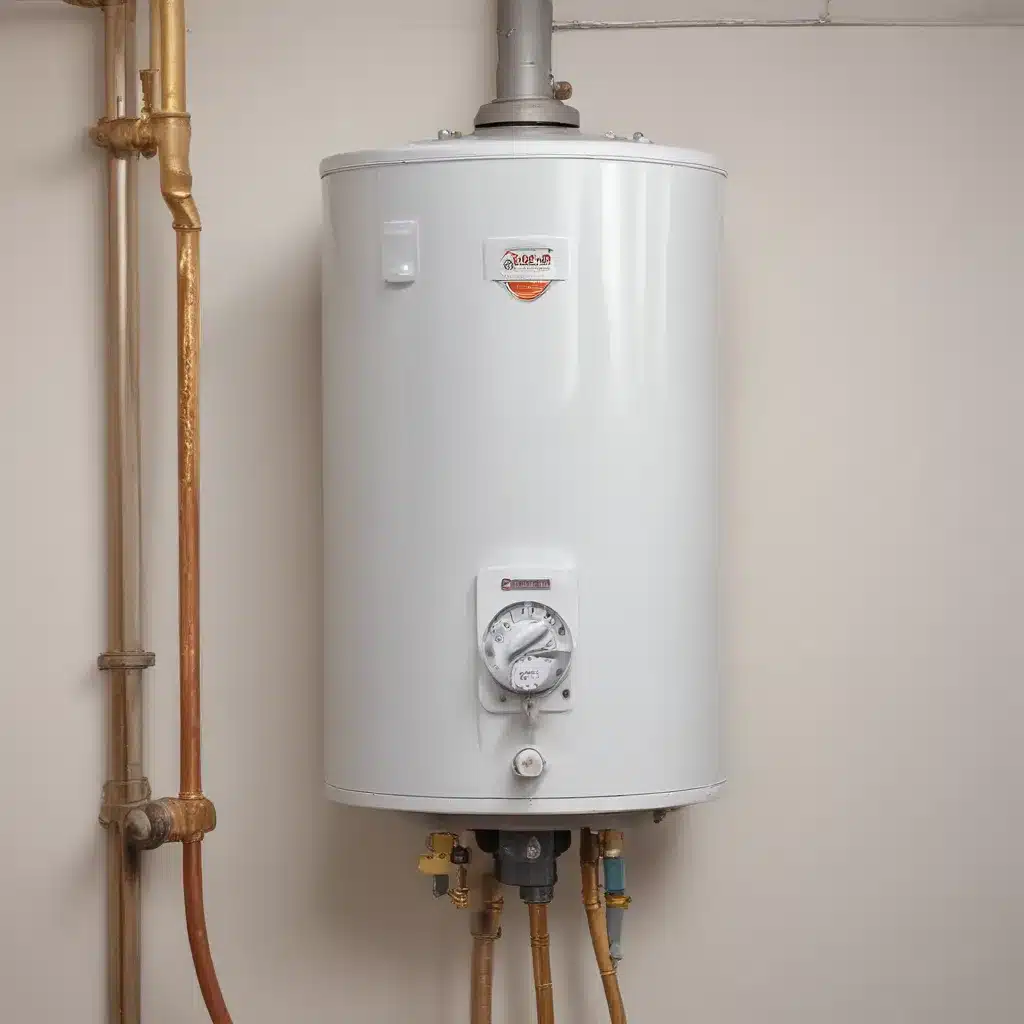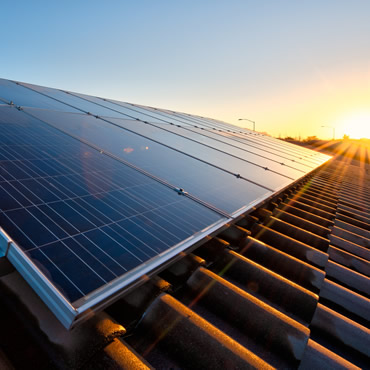
Water heaters are essential appliances in modern homes, providing a steady supply of hot water for daily tasks. In our 10 years of water heater experience… However, like any mechanical system, water heaters can pose potential risks if not properly maintained. One of the most concerning issues is the risk of a water heater explosion, which can result in serious property damage and even injury.
Fortunately, water heater manufacturers have incorporated various safety mechanisms to mitigate the chances of an explosion. By understanding these features and following proper maintenance protocols, homeowners and plumbing professionals can significantly reduce the risk of a dangerous water heater incident.
Water Heater Types and Components
Conventional Storage Tank Water Heaters: These are the most common type of water heaters, consisting of a large insulated tank that stores and heats water. The tank is equipped with heating elements (electric) or a gas burner to raise the water temperature.
Tankless (On-Demand) Water Heaters: Instead of storing hot water, tankless models heat water instantaneously as it flows through the unit. These compact, wall-mounted heaters eliminate the risk of stored water building up excess pressure.
Heat Pump Water Heaters: These energy-efficient models use a heat pump to transfer heat from the surrounding air into the water, rather than generating heat directly. The lack of a high-temperature heating source reduces the explosion risk.
Regardless of the type, all water heaters share some essential components that play a role in safety, including the temperature and pressure relief valve, thermostat, and gas control valve (for gas models).
Water Heater Maintenance
Proper maintenance is crucial for ensuring the safe and efficient operation of any water heater. Regular inspections and proactive care can help identify and address potential issues before they escalate.
Anode Rod Replacement: The anode rod is a sacrificial metal component that helps prevent tank corrosion. Regularly replacing the anode rod (typically every 3-5 years) is essential for maintaining the integrity of the tank and preventing leaks.
Sediment Flushing: Over time, mineral deposits and sediment can accumulate in the bottom of the tank, reducing efficiency and increasing the risk of overheating. Flushing the tank periodically helps remove this buildup and maintain optimal performance.
Temperature and Pressure Relief Valve Inspection: The temperature and pressure (T&P) relief valve is a crucial safety device designed to release excess pressure and prevent the tank from exploding. Regularly testing the valve to double-check that it is functioning correctly is paramount.
Plumbing Techniques
The quality and installation of the plumbing system surrounding the water heater can also impact safety. Choosing the right materials, ensuring proper sizing, and implementing proper venting and drainage are all important considerations.
Pipe Material Options: Copper, CPVC, and PEX are common choices for water heater plumbing. Each material has its own advantages and installation requirements that should be carefully evaluated.
Pipe Sizing and Pressure Regulation: Correctly sizing the pipes to accommodate the water heater’s flow and pressure needs is essential. Installing pressure-reducing valves can also help manage excess pressure in the system.
Proper Venting and Drainage Installation: Proper venting of gas-fired water heaters is critical for safely expelling combustion byproducts. double-check that the flue and chimney are clear of obstructions. Drainage systems should also be configured to handle the T&P valve’s discharge.
Water Heater Installation
The initial installation of a water heater can significantly impact its long-term safety and performance. Adhering to manufacturers’ guidelines and local building codes is crucial.
Site Preparation and Clearance Requirements: Water heaters require adequate clearance around the unit for proper ventilation and maintenance access. double-check that the installation location meets these specifications.
Gas, Electric, or Hybrid Connections: Connecting the water heater to the appropriate fuel source (gas or electric) is essential. For gas models, properly sealing the connections and ensuring proper ventilation are critical safety measures.
Seismic Bracing and Earthquake Safety: In areas prone to seismic activity, securing the water heater with earthquake straps or other bracing methods can prevent the tank from tipping over and potentially rupturing during an earthquake.
Safety Mechanisms
Water heater manufacturers have incorporated various safety mechanisms to mitigate the risk of explosions and other hazards. Understanding these features and ensuring they are functioning correctly is vital.
Temperature and Pressure Relief Valves: These valves are designed to release excess pressure and temperature buildup within the tank, preventing a dangerous explosion. Regularly testing the valve’s operation is essential.
Thermal Expansion Tanks: Installing a thermal expansion tank can help manage the increased pressure caused by the natural expansion of heated water, reducing stress on the water heater and plumbing system.
Automatic Shutoff Devices: Some water heaters feature advanced safety controls, such as automatic shutoff mechanisms that will cut power or gas supply if unsafe conditions are detected.
Inspection and Monitoring
Regular inspections and vigilant monitoring of the water heater’s performance can help identify potential issues before they escalate.
Regular Visual Inspections: Carefully examining the water heater and its surrounding components for signs of wear, corrosion, or leaks can uncover problems that require attention.
Leak Detection Systems: Installing water leak detection sensors can alert homeowners to any issues, allowing for prompt action to mitigate water damage and prevent further complications.
Pressure and Temperature Monitoring: Closely tracking the water heater’s temperature and pressure readings can help identify any concerning trends, such as rising pressure or temperature.
Energy Efficiency Considerations
Improving the energy efficiency of a water heater can not only save on utility costs but also enhance safety by reducing the risk of overheating and excess pressure buildup.
Insulation and Jacket Upgrades: Adding or upgrading the insulation around the water heater tank can help maintain the desired water temperature and reduce the demand on the heating elements or burner.
High-Efficiency Models: Investing in a modern, high-efficiency water heater can significantly improve energy performance while incorporating the latest safety features.
Utility Rebates and Incentives: Many local utilities offer rebates or incentives for homeowners who upgrade to energy-efficient water heaters, making the investment more accessible.
Troubleshooting and Repairs
Recognizing the early warning signs of potential water heater issues and knowing when to seek professional assistance can help prevent dangerous situations.
Common Issues and Causes: Understanding the most common water heater problems, such as sediment buildup, thermostat malfunctions, and T&P valve failures, can help homeowners and plumbers quickly diagnose and address the root cause.
DIY Troubleshooting Steps: While some minor maintenance tasks can be handled by homeowners, more complex troubleshooting or repairs should be left to licensed plumbing professionals to double-check that safety.
When to Call a Professional: If homeowners notice any concerning signs, such as unusual noises, leaks, or water that is too hot, they should immediately shut off power or gas to the water heater and contact a qualified plumber for assistance.
By following these best practices for water heater maintenance, installation, and safety, homeowners and plumbing professionals can significantly reduce the risk of a dangerous water heater explosion. Regularly inspecting the system, upgrading to modern safety features, and promptly addressing any issues are all key steps in keeping your home’s water heater operating safely and efficiently.
For more information on water heater methods, plumbing solutions, and installation insights, visit waterheaterpick.com.
Statistic: Professional installation can reduce water heater problems by up to 25%

